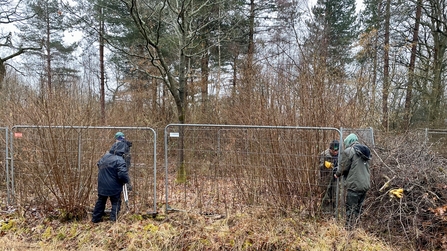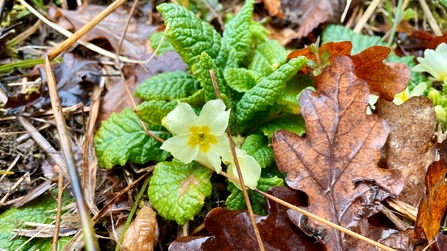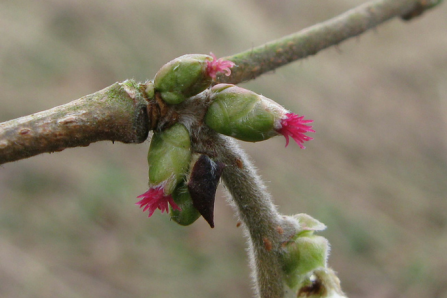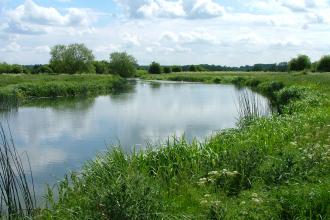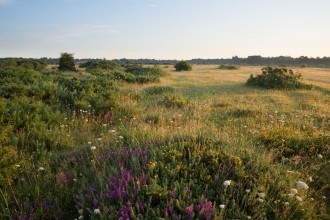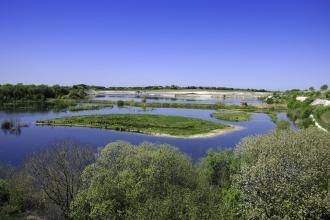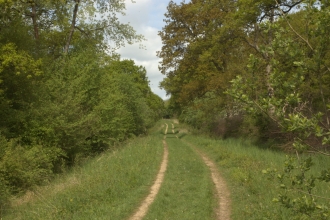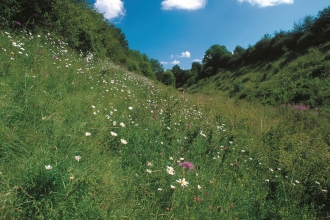The weather becomes more confusing year after year. Just when it seems that spring is on its way, the heavens open, and snow sprinkles down, bewildering wildlife and woodland workers alike.
The winter work of cutting and clearing of scrub is halted once March is here, for this is the time that birds begin to nest and must not be disturbed. The volunteers need to find other jobs to fill their time in Finemere Wood. And so under dark gloomy skies, spitting out snow and freezing rain, the summer work begins.
In the winter, areas of the wood are cleared of scrub and trees, this allows the sun to reach the ground and for new growth to begin. The resulting fresh and tender shoots must be protected from the voracious deer that roam here.


